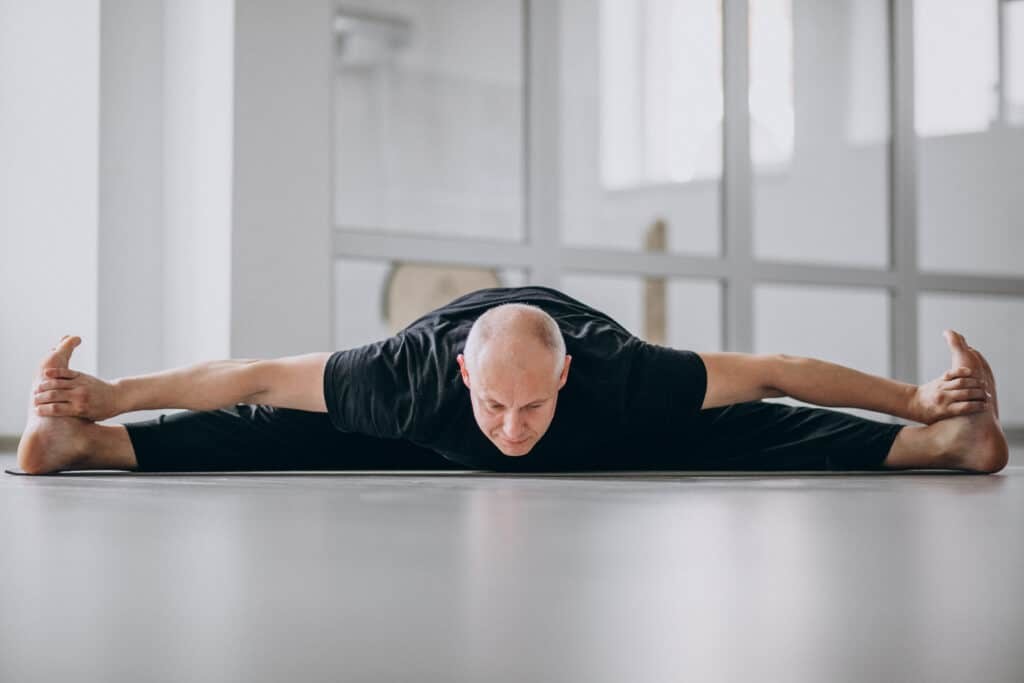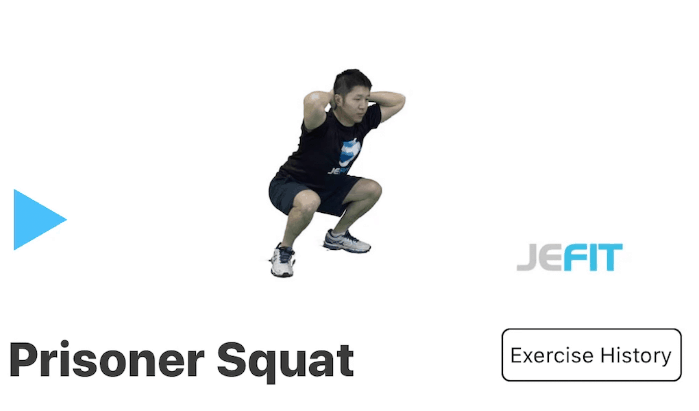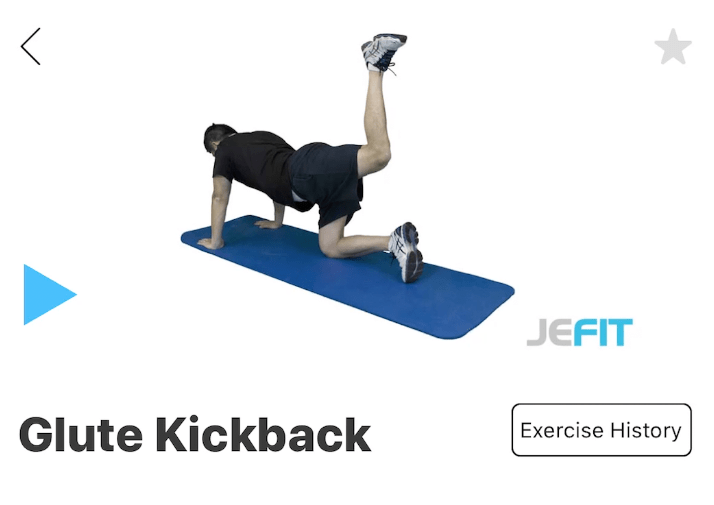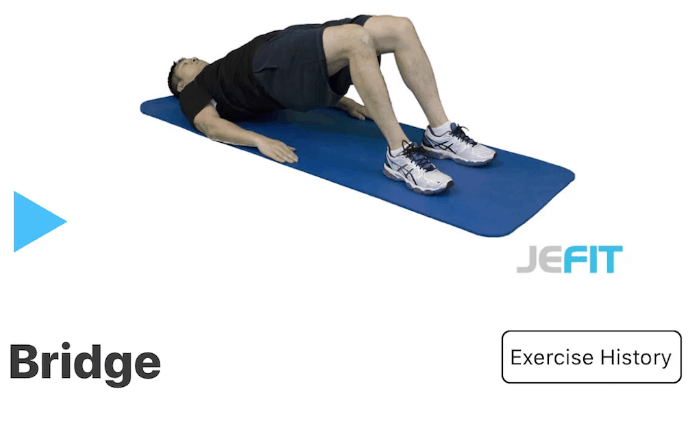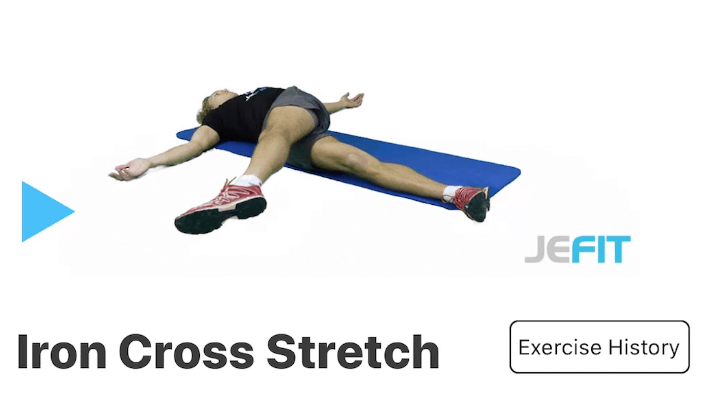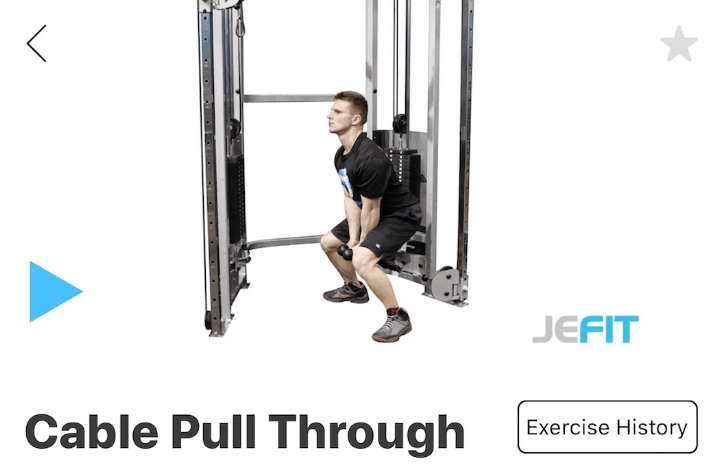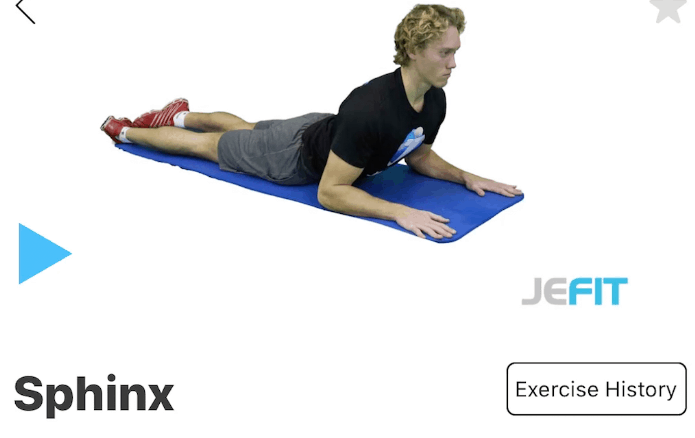The majority of people who engage in exercise or team sports often look for ways to improve their performance. With that, brings us to how we can better “hack” our body to improve performance, some also call this DIY science….or biohacking. Dave Asprey, a biohacker who created the company Bulletproof, defines biohacking as “the art and science of changing the environment around you and inside you so that you have full control over your own biology.”
Why Try to Hack Your Body Anyway?
There are many people out there who try to hack their body to improve performance, on some level. They typically do this basically because they have a strong desire to feel better and to see just how far they can push their body. A lot of people are hacking their body essentially to try and live as long as possible. Dave Asprey as an example, has been quoted as saying he wants to live to 180 years old.
Another well-known body or bio hacker is Tim Ferris, author of the best-selling book, The 4-Hour Body. Ferris has a well-known reputation for trying to hack just about everything related to his body. He does a great job chronicling his experiences on his website and through his books. Now that you have a better understanding of what trying to hack your body is all about, check this out.

Breath Work: An Easy Way to Improve Performance
We all know how to breath intuitively and how important breathing is since it gives us life. Best-selling author, James Nestor, author a new book, Breath: The New Science of a Lost Art looks into the science behind your breath. He offers up some great easy-to-follow tips that you can use in your practice right now. I actually tried his 6-second breath technique on my morning walk today. You can try this when seated (or like me, walking). Take in a long, slow breath through your nose only, for 5-6 seconds. Then exhale slowly for the same amount of time and try this for about 6 repetitions. The goal of this type of breathing, is to help more nitric oxide enter your body and tissues. It’s been reported that when you breathe through your nose, nasal resistance increases by 200 percent and this in turn helps release more oxygen. If you were wondering, mouth breathing does not let your body take advantage of the sinuses production of nitric oxide.
Nasal Versus Mouth Breathing
Take a moment and try this now. Close your mouth and breathe slowly in/out through your nose for about minute. According to a lot of the science out there, “breathing through your nose is one of the most beneficial things you can do for the overall health of your body and for your longevity.” You may already know the value of breath work, if you practice yoga on a regular basis. Think about this for a minute. How great would it be if we could get a legitimate boost in performance by simply breathing slowly through our nose only? For additional reading, check this great article out on the science of breathing by Sarah Novotny and Len Kravitz, Ph.D. and this research paper on effects of nasal breathing in runners.
There are many experts and researchers who think breath work should become a component in health & fitness model. Meaning, you work on strength, flexibility, cardio, nutrition, etc. – why not also incorporate breath work as part of your daily routine? Try adding it in when you warm-up or as part of your relaxation/meditation time during the day.
Mobility: Unlock Tight Hips to Improve Performance
We typically spend a great deal of our time in the gym pushing weights or doing cardio. One key area that often gets overlooked is mobility. Mobility can be defined as freedom of movement without pain through a full range of motion. Mobility exercises can be done as part of a warm-up if you’re always rushed for time. They are great for reducing joint pain, improving a fuller range of motion and can even reduce the chance of injury. We all know tight muscles and connective tissue are an accident waiting to happen.
When you want to squat, lunge, or lift weights better, mobility work is key, especially when it comes to the hips. You may have limited hip mobility because of an old injury, you don’t work on mobility or you may sit or drive all day for work. In any event, tight hips can cause, over time, a chain reaction resulting in dysfunctional movement. Over time your hip joints will become tight if not addressed appropriately, you’ll begin to notice issues when performing exercises like Squats and Deadlifts.
Some of the Better Hip Exercises You Should Do?
There are a lot of different directions you could go here. This is an opportunity to use the Jefit app and perform this series of exercises. Complete each exercise below slowly, working through a full range of motion. Perform each exercise as a hip and glute warm-up prior to working out, especially on leg day, and you’ll eventually see an improvement in hip mobility. Some may not be pure hip mobility drills but doing these will in turn improve glute/hip function. Perform each movement for 30-seconds then move to the next and repeat the circuit twice. Over time you can increase your time spent on each one.
Use the Jefit App
Jefit is an award-winning gym workout app that helps all gym goers and athletes keep track of their fitness goals. Not only does it give you the ability to update and share your workout log with the supportive community, it has the largest exercise library that covers weight training, cardio and flexibility.
- Boost Your Posterior Strength with 3 Effective Jefit Exercises - March 31, 2025
- 8 Underrated Stretches to Improve Your Deadlift Performance - March 28, 2025
- Strength vs. Hypertrophy: Best Way to Train for Your Goals - March 26, 2025
